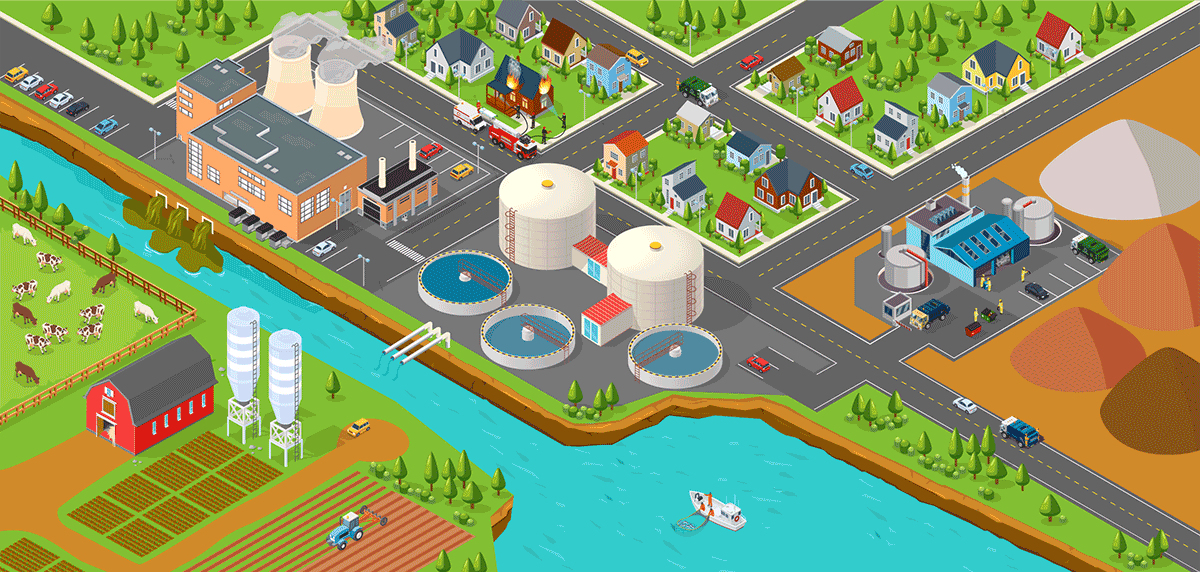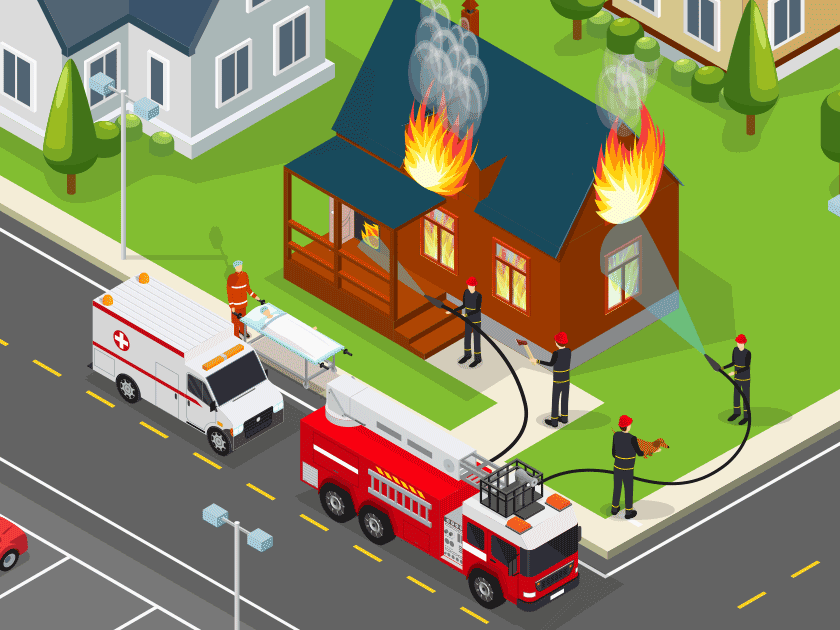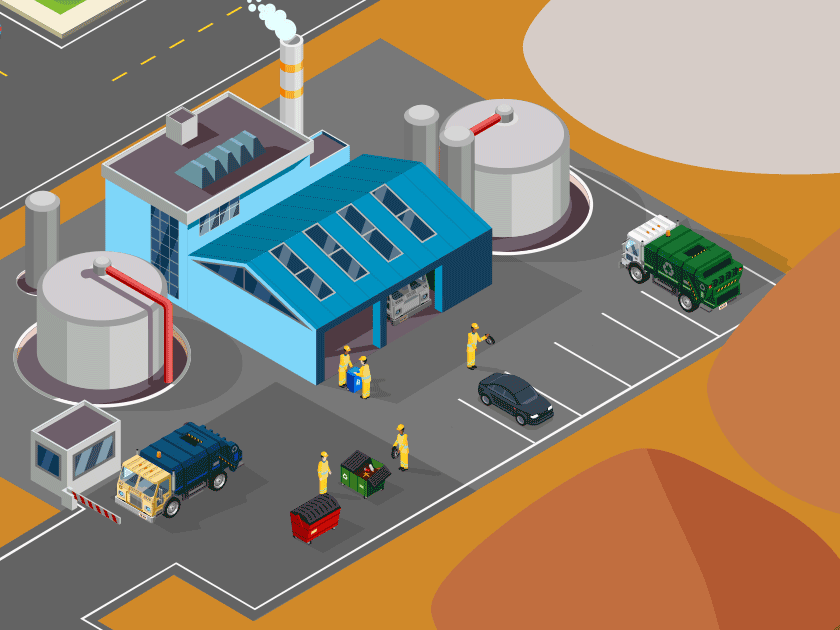Water Filtration of PFAS Chemicals
PFAS/Forever Chemicals:
ONIT Home Has Your Solution to Clean and Healthy Water
-
Get rid of PFAS chemicals from your water with a home filtration system
-
Remove 97% of contaminants from your water and avoid health risks
-
Find an affordable solution to a toxic chemical with our flexible finance options
-
Enjoy a water filtration system with free and professional installation
What are PFAS/Forever Chemicals?
PFAS stands for perfluoroalkyl and polyfluoroalkyl substances. It is a group of man-made chemicals that include Perfluorooctane Sulfonate (PFOS) and Perfluorooctanoic Acid (PFOA).
These chemicals are persistent, so they will not break down in the environment. This means it also bioaccumulates in our bodies, therefore the amount in our body increases over time.
PFAS chemicals were originally used as repellents. However, there wasn’t enough data or information to show the long-term effects until the 2000s. Many companies began phasing out the production of PFAS, with all production halted in 2015.
Call us right now to find out how we can help with fresh and safe water!

How We’re Exposed
We’re exposed either through inhalation or swallowing. For example, workers who use PFAS or work with materials with PFAS are exposed through inhalation. However, consumers are exposed to them through our drinking water, food, or the packaging products we use. Additionally, people can be exposed to PFAS when eating fish.
Although we can either inhale or swallow the chemicals, there are three main sources for how that exposure gets to us.
Household Products
- Through non-stick cookware
- Stain-resistant textile, leather, or carpeting
- Paper and packaging material
Food & Food Packaging
- Packaging material contains PFAS
- Packaging processed with equipment using PFAS
- Food was grown in contaminated water or soil
- Fish swimming in PFAS-contaminated water
Water
- Industrial sites that used PFAS to manufacture other products lead to water contamination
- Locations used for firefighting, oil refineries, and airfields.
How Did PFAS Forever Chemicals Get In Our Water?


Farming Methods

Factory Pollution

Firefighting

Wastewater Treatment

Household Products

Fishing Contamination

Groundwater Run-off

Landfill

Some crop fields use biosolids as a form of fertilizer, which is often contaminated with PFAS. This leads to contamination in our food and groundwater.
Factories across America discharge the toxic compounds into our air and water. Additionally, some manufacturers still use PFAS in consumer-used packaging material.
Firefighting foam contains PFAS, which runs off into our fresh water systems to further the contamination.er.
PFAS are found in biosolids and sewage sludge from landfills, leading to groundwater contamination through agriculture.
PFAS are found in household products such as non-stick cookware, stain-resistant textiles, leather, carpeting, paper and packaging materials.

Safe Drinking Water Starts a Powerful Water Tank
Your water system’s tank produces clean, healthy, and fresh-tasting drinking water. Each system’s tank has unique components specializing in removing contaminants and toxins from your home’s water supply.
High-Quality Systems Designed for Top-Level Performance
With NSF/ANSI Standard 58 qualifications and rigorous independent efficiency tests, you and your family can expect clean and delicious water each time you use the water filtering system. The ONIT Home whole home water filtration system removes an average of 97% of chlorine, chloramines, calcium, and more from your water. Call today to speak to a water specialist and have a system customized for your home’s particular needs.
| Contaminant | Average % Reduction |
|---|---|
| Chlorine | 99% |
| Chloramines | 99% |
| Calcium | 99% |
| Magnesium | 97% |
| Lead | 99% |
| Fluoride | 94% |
| Arsenic | 97% |
| Copper | 99% |
FAQs About PFAS/Forever Chemicals
- Developmental delays in unborn children
- Immunity deficiencies
- Thyroid issues/concerns
- Cardiovascular health
- Cancer (kidney and testicular)
- Reproductive health issues
- Neuroendocrine issues (Kidney/liver)
Want clean water? We're ONIT.
Stop drinking non-filtered water. Improve your water quality today with a customized solution for your home and family.
Want clean water? We're ONIT.
Stop drinking non-filtered water. Improve your water quality today with a customized solution for your home and family.


